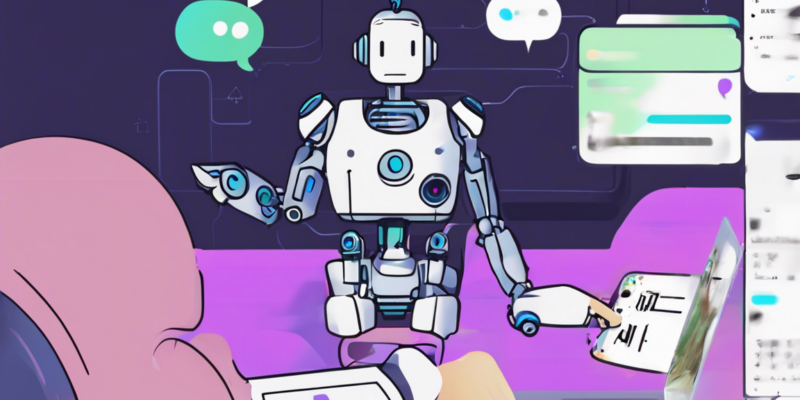As technology continues to advance at an unprecedented pace, artificial intelligence (AI) has emerged as a powerful tool with transformative potential across various industries. One of the prominent achievements in the field of AI is OpenAI’s GPT-2 chatbot, which has garnered widespread attention for its ability to generate human-like text responses. In this article, we will delve into the capabilities of GPT-2, explore its applications, discuss its impact on communication, and provide insights on how to leverage this technology effectively.
Understanding GPT-2
GPT-2, short for Generative Pre-trained Transformer 2, is an AI language model developed by OpenAI. It is designed to predict and generate text based on the input provided to it. GPT-2 uses a deep learning architecture known as transformers, which enables it to process and generate textual data with remarkable accuracy and fluency.
How Does GPT-2 Work?
GPT-2 operates by processing input text and using its vast database of pre-existing knowledge to generate coherent and contextually relevant responses. The model has been trained on a diverse range of text sources from the internet, allowing it to mimic human writing style and language patterns effectively.
Applications of GPT-2
-
Content Generation: GPT-2 can be used to generate content for various purposes, such as writing articles, stories, and product descriptions.
-
Chatbots and Virtual Assistants: GPT-2 can power chatbots and virtual assistants, providing human-like interaction and responses to users.
-
Language Translation: GPT-2 can aid in language translation tasks by generating accurate translations based on input text.
-
Creative Writing: Writers can use GPT-2 to overcome writer’s block by generating creative prompts and ideas for their work.
The Impact of GPT-2 on Communication
The emergence of GPT-2 has had a profound impact on the way we communicate and interact with AI-powered systems. By mimicking human language and responding intelligently to inquiries, GPT-2 has raised the bar for natural language processing technology.
-
Enhanced User Experience: GPT-2 has the potential to revolutionize customer service by providing personalized, contextually relevant responses to user queries.
-
Efficient Information Retrieval: With GPT-2’s ability to generate coherent text, it can assist users in finding information quickly and accurately.
-
Improved Language Understanding: GPT-2’s language model is continuously evolving, leading to better comprehension and responses over time.
Leveraging GPT-2 Effectively
To harness the full potential of GPT-2, consider the following strategies:
-
Fine-tuning: Customize GPT-2 to suit your specific use case by fine-tuning the model with domain-specific data.
-
Quality Control: Regularly monitor and evaluate the output generated by GPT-2 to ensure accuracy and relevance.
-
Data Security: Safeguard sensitive information and data when using GPT-2 by adhering to best practices in data privacy and security.
-
Human Oversight: Incorporate human oversight to review and validate the responses generated by GPT-2, especially in critical or sensitive scenarios.
Frequently Asked Questions (FAQs) about GPT-2
- Is GPT-2 capable of understanding context in conversations?
Yes, GPT-2 is adept at understanding context based on the input text provided to it, allowing it to generate relevant responses.
- Can GPT-2 learn and adapt to new information?
While GPT-2 cannot update its knowledge base on its own, it can be fine-tuned with new data to improve its performance in specific tasks.
- Does GPT-2 have the ability to generate code or specific technical content?
GPT-2 can generate code snippets and technical content based on the input provided, making it a valuable tool for programmers and developers.
- How does GPT-2 handle ethical concerns related to its use?
OpenAI has implemented safeguards and guidelines to address ethical concerns surrounding the deployment of GPT-2, emphasizing responsible usage and transparency.
- Can GPT-2 be integrated into existing chatbot platforms?
Yes, GPT-2 can be integrated into various chatbot platforms to enhance their conversational capabilities and deliver more engaging user experiences.
In conclusion, OpenAI’s GPT-2 chatbot represents a significant advancement in AI technology, offering a glimpse into the future of human-computer interaction. By understanding its capabilities, exploring its applications, and adopting best practices for its use, organizations and individuals can unlock the full potential of GPT-2 to streamline communication, enhance user experiences, and drive innovation in diverse fields.













Comments